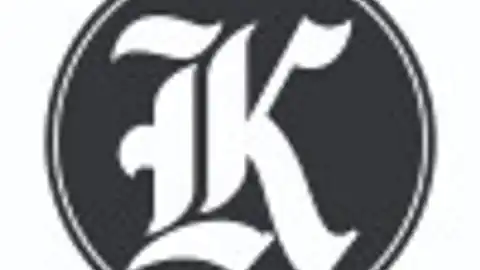Kenya’s Monetary Policy Committee (MPC) on Tuesday increased the benchmark Central Bank Rate (CBR) from 10.50% to 12.50%, the second increase since Governor Kamau Thugge assumed office.
- •According to the committee, the move aims to address challenges related to the country’s depreciating currency, with the exchange rate contributing substantially to inflation.
- •The regulator noted that the primary motivation behind the 200 basis points increase, the largest since 2011, is to address the pressures on the exchange rate.
- •The Kenyan shilling has experienced depreciation of more than 19% against the dollar since the start of the year to reach all-time lows.
The MPC also expressed concern about the effects of this depreciation on domestic prices, significantly contributing to the inflationary pressure. The committee highlighted that of the overall inflation of 6.8% in November 2023, exchange rate depreciation accounted for approximately 3.0 percentage points. Furthermore, the rising external debt service in the public sector and the weakening exchange rate have collectively intensified the Kenya Shilling value of foreign currency denominated debt.
- •The rate hike is likely to result in an increase in the cost of loans for consumers and businesses alike.
- •The Kenya Bankers Association had earlier warned against this move, citing concerns about potential credit risks, a buildup in non-performing loans, and destabilization of the industry.
- •In response to the hike, the banking industry lobby says it is adopting measures to drive inclusivity, provide access, and cushion customers.
“Increasing the Central Bank Rate was not a surprise. The surprise was the magnitude of the increase. The Central Bank has a mandate to ensure price stability- taming inflation and to keep the exchange rate stable.” says Dr Habil Olaka, CEO of Kenya Bankers Association in an interview.
The lobby group has urged banks to implement responsible lending practices, considering the potential credit risks in the market. This involves a careful assessment of borrowers’ creditworthiness and the adoption of measures to prevent a build-up in non-performing loans.
Risk-Based Lending; In the last two years or so, the banking industry has been moving towards risk-based lending, tailoring loan terms and interest rates based on individual credit profiles. With the increase in the benchmark rate, risk-based pricing approach could help to mitigate risks and ensure that borrowers receive financing that aligns with their ability to repay.
According to Dr Habil, Banks will begin negotiations with customers facing financial difficulties due to the interest rate hike. This includes discussing revised repayment schedules, restructuring loans, and providing temporary relief to ease the burden on borrowers.
Recognizing the need for holistic support, banks have also been encouraged to offer non-financial assistance to customers. This involves providing guidance on proper budgeting, offering investment tools, and promoting financial wellness to help individuals navigate the economic challenges effectively.
RELATED; Cost of Loans to Rise as CBK Rate Changes to 12.50 per cent




